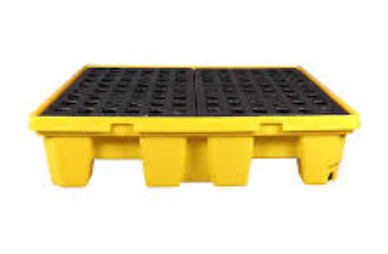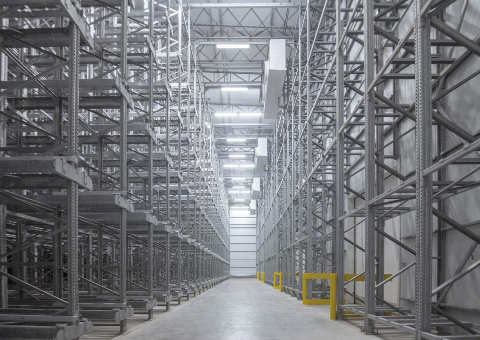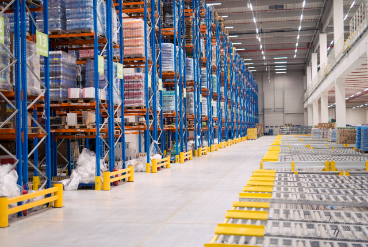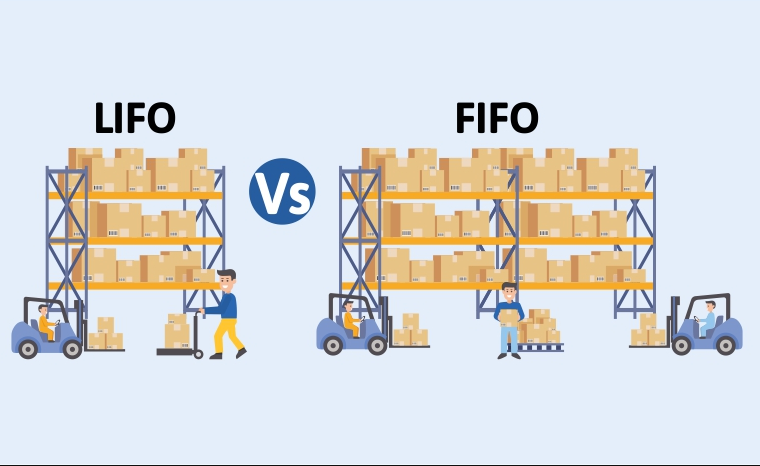 spieth12@spiethstorage.com
spieth12@spiethstorage.com +86 18006010205
+86 18006010205
LATEST NEWS
-
Time:8/27/2025
-
Time:8/26/2025
-
Time:8/25/2025
-
Time:8/21/2025
-
Time:8/19/2025
CONTACT US
-
 Tel : +86 18006010205
Tel : +86 18006010205
-
 E-mail : spieth12@spiethstorage.com
E-mail : spieth12@spiethstorage.com
-
 Address : Tongan Park, Tongan District, Xiamen, China 361023
Address : Tongan Park, Tongan District, Xiamen, China 361023
Product News
Spill Containment Pallet Requirements Guide
 Time:7/10/2025
Time:7/10/2025 136
136Spill containment pallets are a critical safety and compliance tool for facilities that store or handle hazardous liquids such as oils, fuels, chemicals, or industrial waste. They are designed to contain leaks, drips, and spills, helping businesses avoid costly environmental damage and regulatory violations.

This guide provides a clear overview of the requirements, recommended features, and commonly used sizes to help you choose the right pallet for your operation.
What Are Spill Containment Pallets?
A spill containment pallet is a specially designed platform that holds drums, jerry cans, or intermediate bulk containers (IBCs), with a built-in sump at the base to capture any liquid that might escape. This containment helps prevent pollution and protects workers from exposure to dangerous substances.
Why Are They Required?
Overview of Regulations
In the United States, the Environmental Protection Agency (EPA) requires spill pallets to hold at least 10% of the total stored liquid or 100% of the volume of the largest container—whichever is greater. The Occupational Safety and Health Administration (OSHA) also mandates safe storage practices for flammable and hazardous materials.
In the European Union, similar rules apply. Regulations typically call for secondary containment that holds 110% of the volume of the largest container. These guidelines aim to ensure facilities are prepared for worst-case leak scenarios.
Key Features of a Compliant Spill Pallet
The surface should be non-slip and grated, allowing liquids to pass into the sump while keeping containers elevated and secure. Removable grating is helpful for cleaning and maintenance. Forklift pockets are also important for easy and safe movement around your warehouse or yard.
Common Sizes and Capacities
Spill pallets come in several standard sizes, each suited to specific storage needs. A single-drum pallet typically measures around 650 by 650 millimeters and has a sump capacity of about 50 liters. Two-drum models are usually around 1300 millimeters long and can hold approximately 120 liters in the sump.
Four-drum pallets are a common choice for warehouse operations, often measuring about 1300 by 1300 millimeters with a sump capacity between 250 and 300 liters. For larger liquid storage, IBC containment pallets are available, often measuring around 1350 by 1350 millimeters with sump capacities reaching over 1000 liters.
These sizes may vary by manufacturer but generally follow industry norms for volume and footprint.
Best Practices for Use
To maintain a safe and compliant workspace, place your pallets on stable, level ground, preferably indoors or under a roof. Store only compatible chemicals together, and inspect your pallets regularly for cracks or structural damage. Avoid overloading, and keep spill kits or absorbent materials nearby in case of emergency.
If your pallets are used outdoors, consider models with weatherproof covers to prevent rainwater from filling the sump and reducing containment capacity.
Conclusion
Spill containment pallets are a simple but powerful tool for managing the risks of liquid storage. By selecting the right size, verifying regulatory compliance, and following best practices, you can protect your workers, your property, and the environment. Whether you’re storing a single drum or managing a full IBC system, understanding the requirements behind spill containment pallets ensures your facility remains safe and inspection-ready.
Send Message
ONLINE SERVICE
-

-
 +86 18006010205
+86 18006010205 -
 +86 18006010205
+86 18006010205
 0
0
Browsing History


















 link:
link:




